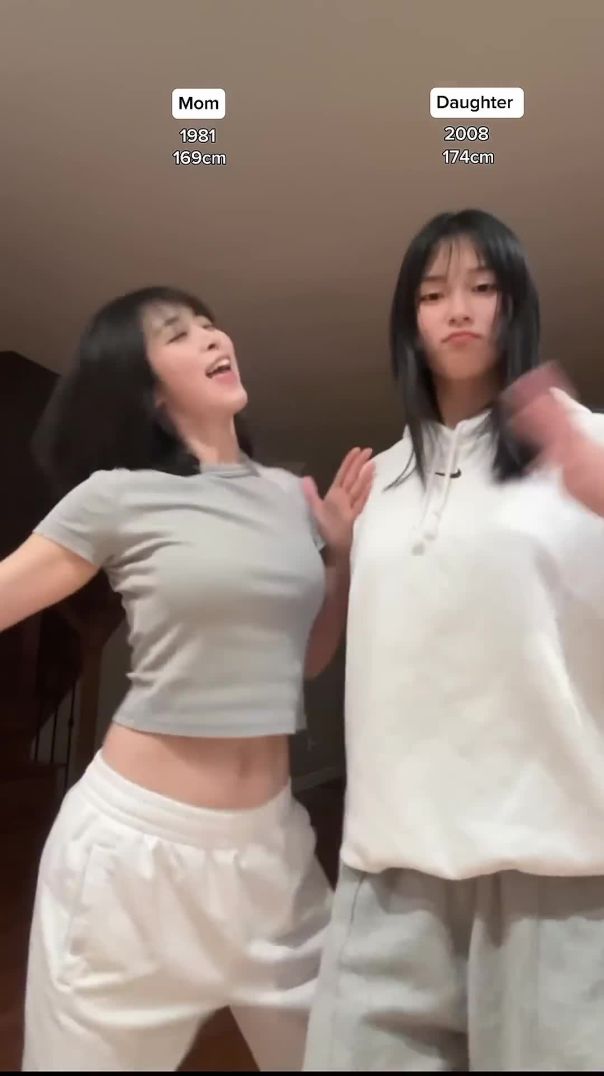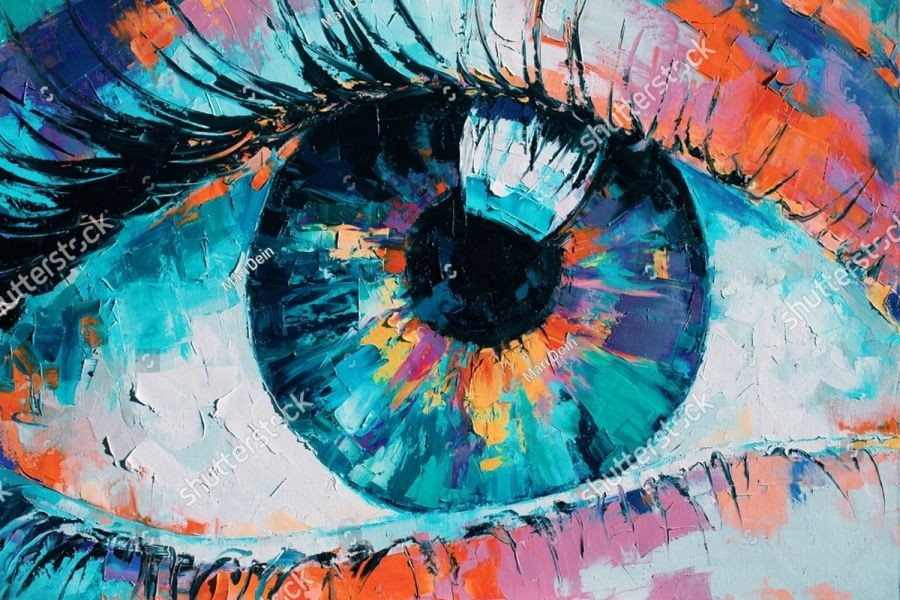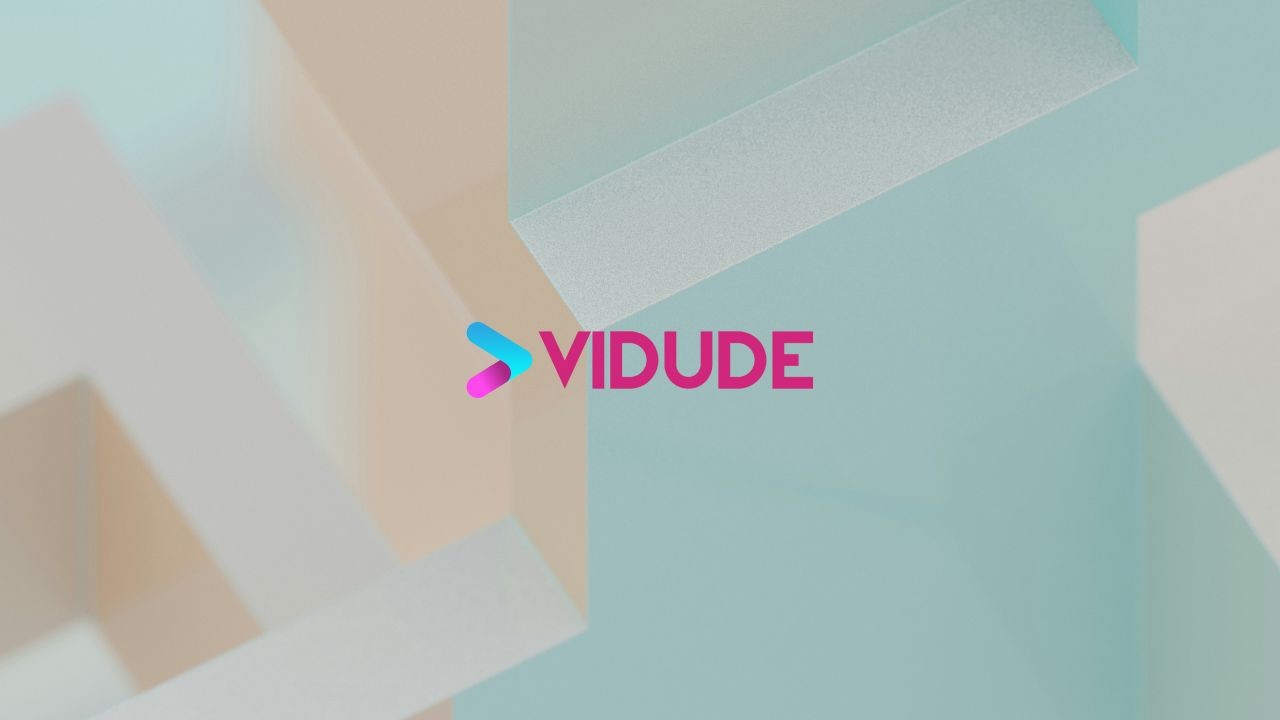Australia’s art scene is renowned for its vibrant diversity and unique cultural expressions. However, a critical debate persists: Are art grants in Australia disproportionately favoring established artists over emerging talents? With government funding playing a crucial role in nurturing the arts, understanding the distribution dynamics is essential for ensuring fairness and fostering innovation.
Understanding the Art Grant System in Australia
Art grants in Australia are primarily administered through government bodies such as the Australia Council for the Arts. These grants aim to support artists across various stages of their careers. However, the criteria and processes for awarding these grants often lead to discussions about whether they are skewed towards established artists.
The Economic Impact of Art Grants
The art sector contributes significantly to Australia’s economy, with the cultural and creative industries accounting for approximately 6.9% of the GDP, according to the Australian Bureau of Statistics (ABS). This underscores the importance of effective funding distribution to sustain this economic contribution.
Pros & Cons of the Current Art Grant Distribution
Pros:
- Stability for Established Artists: Grants provide financial stability, allowing established artists to continue producing high-quality work that contributes to Australia’s cultural heritage.
- Proven Track Record: Established artists often have a proven track record, which can justify continued investment to ensure ongoing cultural contributions.
- Economic Multiplier Effect: Successful artists can attract international attention, boosting tourism and associated industries.
Cons:
- Barrier to Entry for Emerging Artists: Emerging artists may find it difficult to compete for grants against established names, potentially stifling innovation and fresh perspectives.
- Perceived Bias: The perception that grants favor established artists can discourage new talent from applying, reducing the diversity of applications.
- Risk of Stagnation: Over-reliance on established artists could lead to a cultural stagnation, with less room for experimental or avant-garde work.
Case Study: Art Grant Distribution - Established vs. Emerging
Case Study: Melbourne Arts Festival – Balancing Established and Emerging Artists
Problem: The Melbourne Arts Festival faced criticism for predominantly featuring works from established artists, leading to calls for a more inclusive approach.
Action: Festival organizers implemented a quota system ensuring 40% of grants were allocated to emerging artists. This involved collaborating with local art schools and community centers to identify talented but underrepresented artists.
Result: Within two years, the festival reported a 30% increase in attendance and a broader demographic of both artists and audiences. New collaborations emerged between established and emerging artists, enriching the festival’s cultural offerings.
Takeaway: This case illustrates the benefits of a balanced approach to grant distribution, fostering both cultural heritage and innovation.
Common Myths & Mistakes in Art Grant Distribution
Myth vs. Reality
- Myth: "Only established artists receive grants." Reality: While it might appear so, statistics from the Australia Council indicate a growing percentage of grants are aimed at emerging artists, particularly in innovative and digital art spaces.
- Myth: "The application process is straightforward." Reality: Many artists report the application process as complex and daunting, often requiring professional grant writers to navigate effectively.
Mistakes to Avoid
- Overlooking Smaller Grants: Emerging artists often ignore smaller, community-based grants that can provide crucial initial funding.
- Lack of Networking: Building connections within the art community can significantly enhance grant success rates.
Future Trends in Art Grant Distribution
Looking ahead, Australia is poised to embrace more inclusive and diversified grant systems. According to a recent report by the Australia Council, there is a growing emphasis on digital art forms and indigenous art, reflecting broader cultural shifts. By 2026, we can expect a more dynamic and equitable distribution model that supports a wider range of artistic expressions.
Conclusion: Ensuring Equitable Art Grant Distribution
Art grants are vital for sustaining Australia’s vibrant art scene. While established artists provide cultural stability, emerging talents infuse innovation and diversity. Balancing these dynamics is crucial for nurturing a thriving art ecosystem. As Australia moves towards more inclusive policies, it is imperative to continue advocating for equitable distribution to ensure all artists have the opportunity to contribute to the nation’s rich cultural tapestry.
People Also Ask
- How do art grants impact the economy in Australia? Art grants support cultural industries, which contribute approximately 6.9% to Australia’s GDP, enhancing economic growth and cultural richness.
- What are common misconceptions about art grants in Australia? A prevalent myth is that only established artists benefit from grants; however, increasing allocations are directed towards emerging artists.
Related Search Queries
- Art grants for emerging artists Australia
- Australia Council for the Arts funding
- Impact of art grants on Australian economy
- How to apply for art grants in Australia
- Challenges in art grant distribution































aflcatherine0
8 months ago